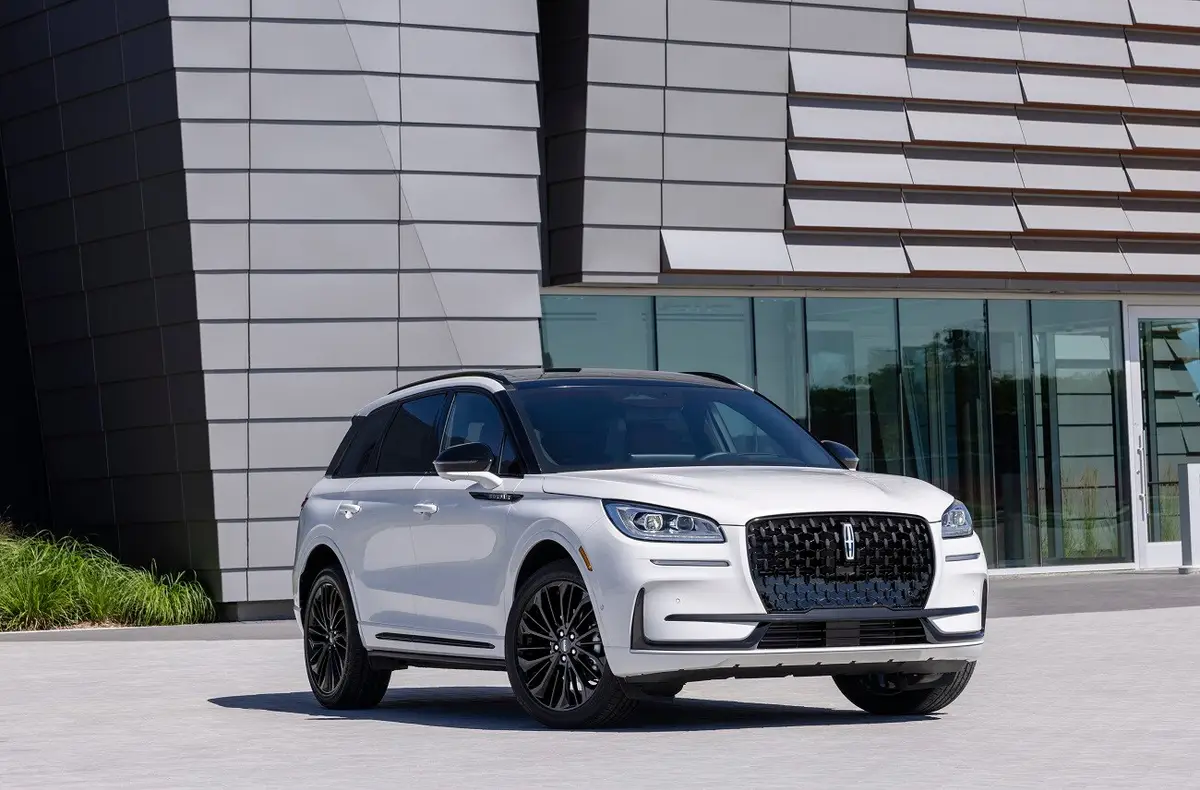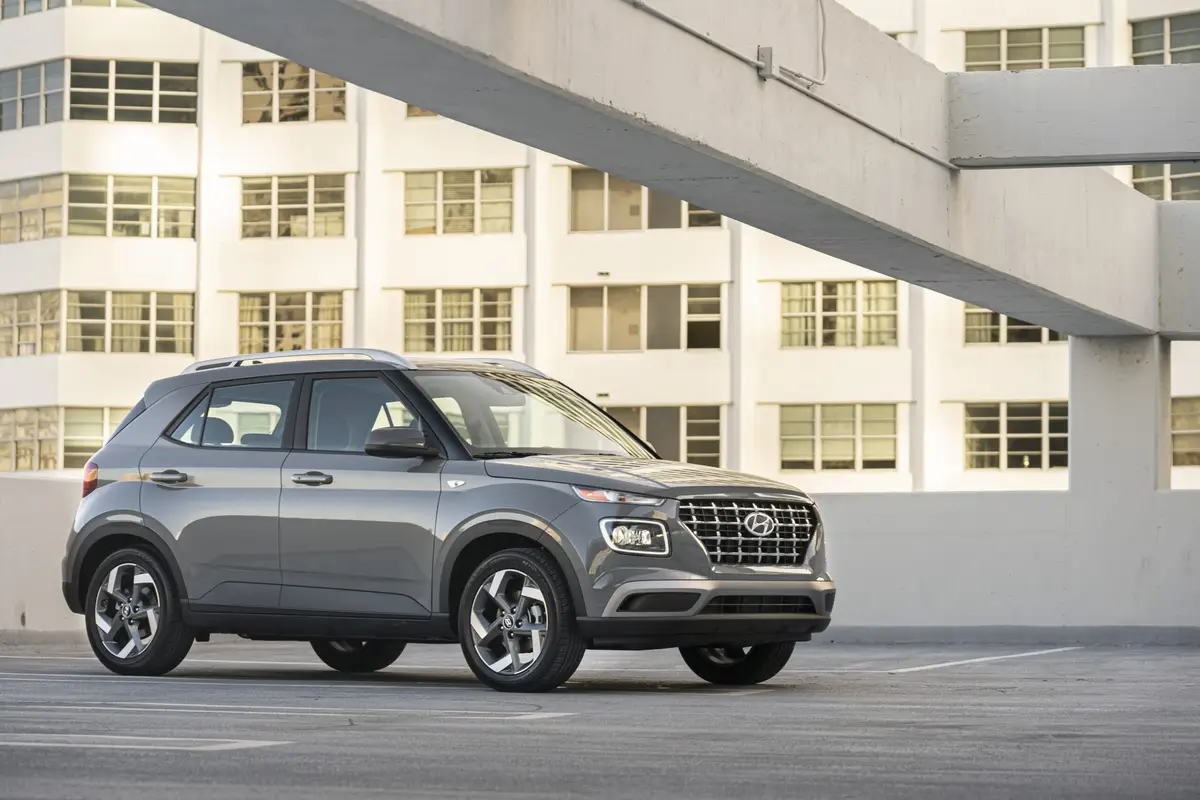washingtonpost.com's view
Isuzu Motors is a truck company. Truck companies make trucks. Trucks are not cars. Isuzu does not make cars. It makes the 2002 Isuzu Axiom. Therefore, it is axiomatic that the Axiom is a truck.
However, that truth might not be universally accepted by Axiom buyers. For marketing purposes, that is as it should be.
We have entered the age of the super-hybrid vehicle, the SHV. It is the logical outgrowth of the insatiable American desire for more, especially personal transportation.
A truck is no longer enough. A car is no longer enough. Nor is a station wagon. Nor is a minivan. Increasingly, U.S. consumers are asking for peak-use mobiles, super-hybrids that can perform a variety of tasks and provide a variety of feels and looks.
The super-hybrids are a diverse group. They include small wagon/trucks, such as the Ford Escape; big luxury SUVs with short, shallow pickup beds, such as the new Lincoln Blackwood; a full-size SUV that can convert to a full-size pickup with an eight-foot cargo box, such as the Chevrolet Avalanche; and the latest iteration, the Axiom, which is an SUV that looks like a minivan, drives like a sedan, but can be bought with skid plates and four-wheel-drive and used off-road.
What is happening here is profound. For years, politicians, regulators and automakers have done a silly, often confusing dance around vehicle categories. One set of fuel-economy rules applies to cars, another to trucks. Under U.S. customs rules, a truck is a truck if it enters the United States with two doors, but it’s a car if it comes in with four. The public might consider DaimlerChrysler’s PT Cruiser a car, but it’s a truck for federal fuel economy purposes and a car for U.S. auto safety rules.
It’s enough to make you want to get rid of the traditional vehicle classification system altogether, which seems to be happening with models such as the Axiom.
Viewed externally, from the front, the Axiom looks like a typical, massive sport-utility vehicle. Its oversize grille, which is almost as ugly as anything on the first version of the Pontiac Aztek, is as intimidating as it is off-putting. But something changes as the eyes move toward the rear of the vehicle. It starts looking like a minivan, especially the way the roof slants downward in the rear. The tailgate is typical hatchback, minivan stuff, including the placement of the recessed pull-down handle.
But sit inside. In the tested Axiom XS model, the top of the line, there are brushed aluminum accents; a two-tone, leather covered steering wheel; two-toned, leather-covered door panels and chairs; a boldly syled instrument panel with an orange-glow vehicle information screen; an eight-speaker, AM/FM stereo radio and six-disc CD player. Plush carpeting. Somebody wants to call this a truck? An SUV?
Ah, but they can. Look to the left of the instrument panel. The control switch for the electronically oper ated transfer case is there. Take it out of two-wheel drive. Switch it to TOD (“torque on demand”). Drive power automatically flows from rear wheels to front wheels as needed. Going off-road, or through deep snowy mush? Switch to the four-wheel-low gear. The Axiom, which is built body-on-frame, has a 7.87-inch ground clearance – that is, from the ground up to the differential housing. There are standard skid plates to help protect the differential and other critical under-vehicle components.
The suspension settings can be adjusted automatically. Push a button on the instrument panel. Harder ride? Push the button again to set it for “sport.”
The Axiom tries mightily to be all things to all people at the risk of not pleasing anyone. But Isuzu is a truck company in a world where trucks are no longer enough. It has to take that risk.
Latest news



